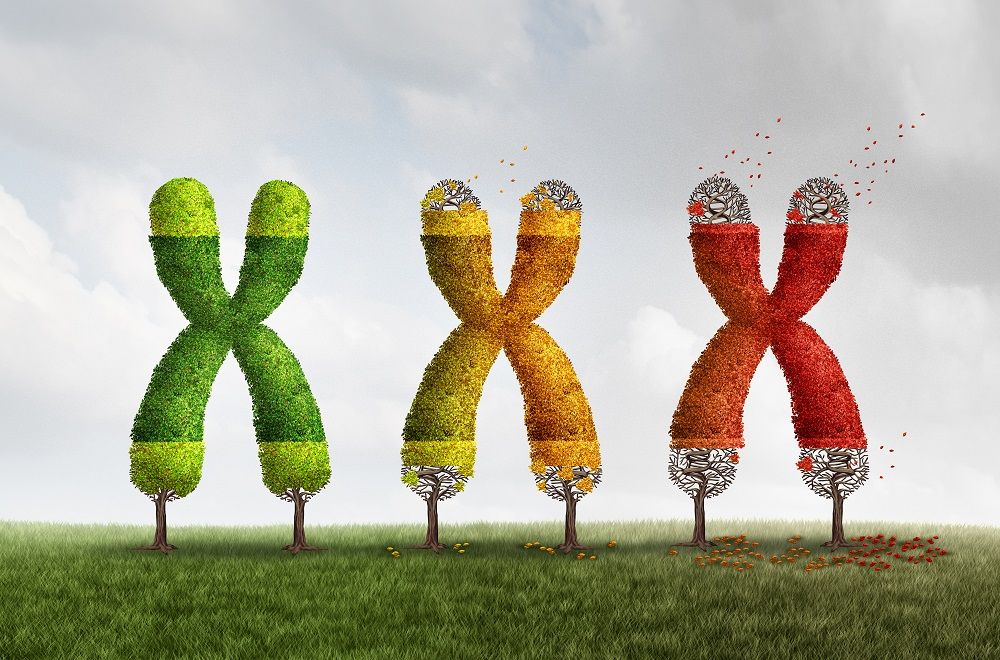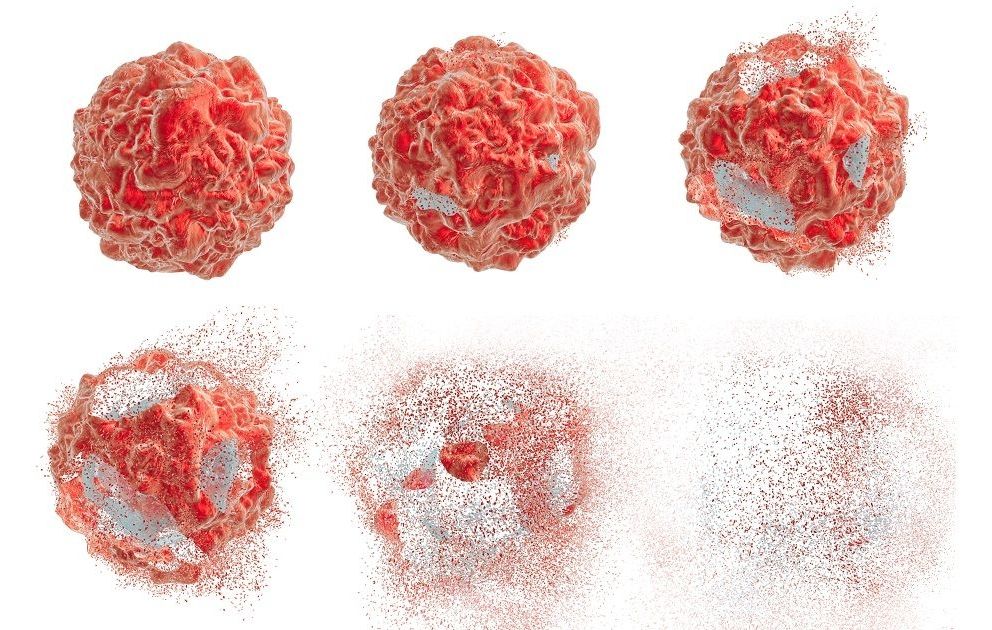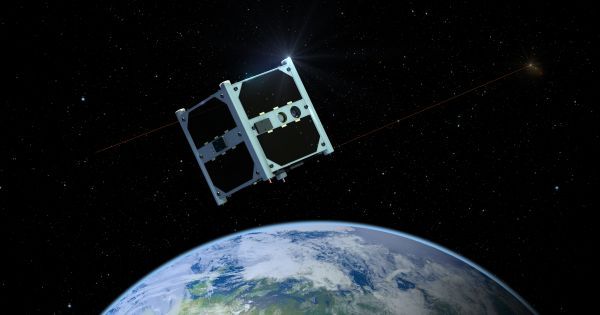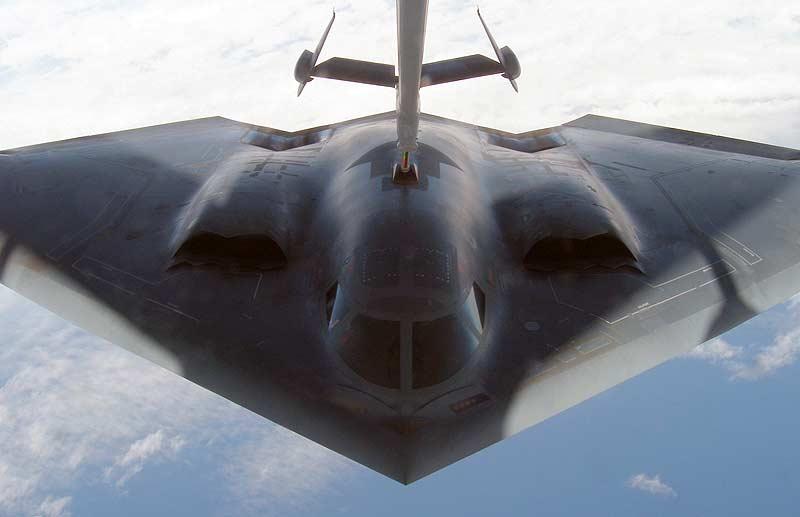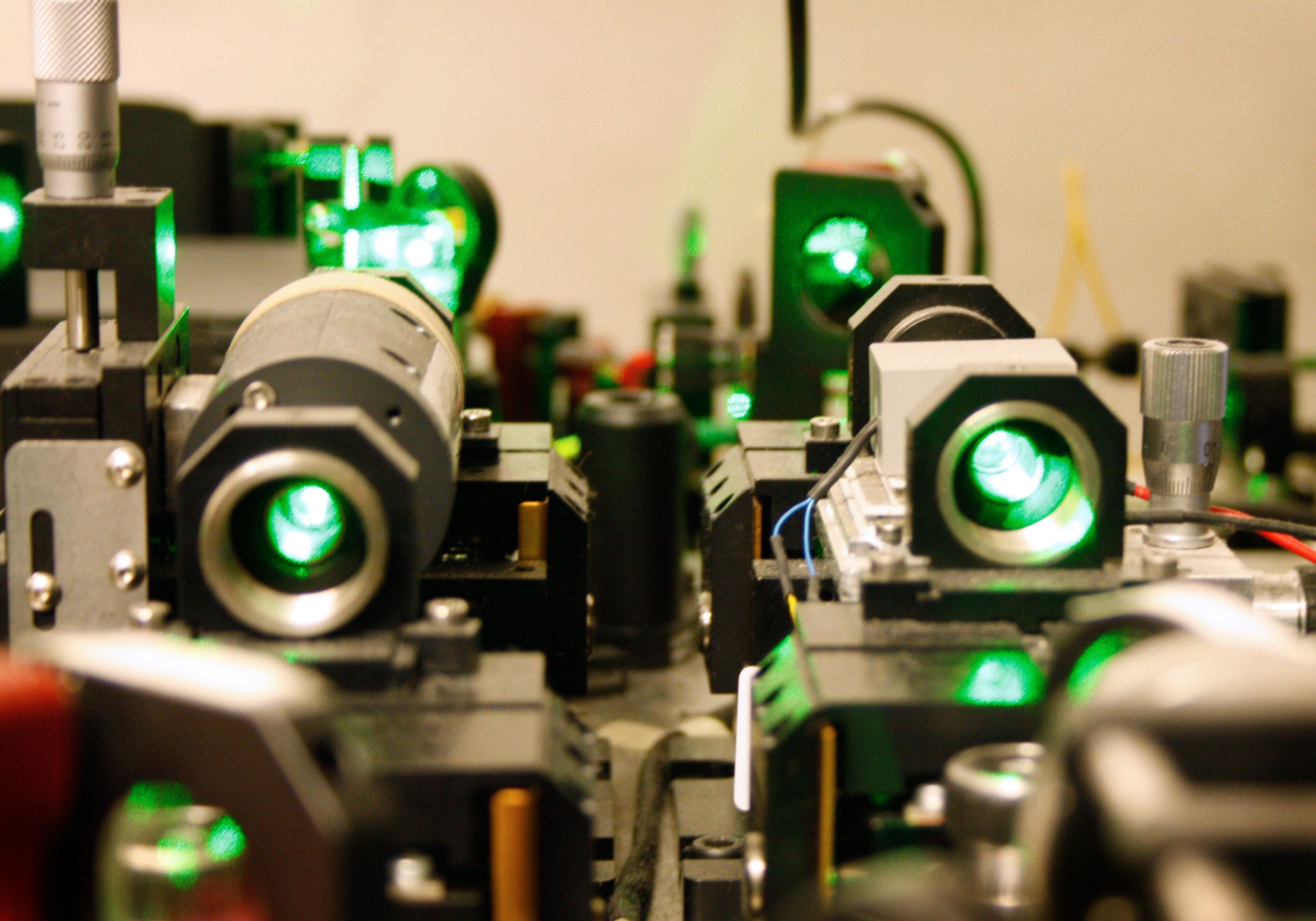Page 10463
Oct 15, 2017
New Senolytics Reverse Aging
Posted by Brady Hartman in categories: biotech/medical, life extension
Senolytics have been a hot topic lately. Here’s a primer.
Senolytics reverse aging by killing senescent cells. Researchers have found seven senolytics and are testing them in clinical trials.
Oct 15, 2017
The nature of warfare is changing. It’s time governments caught up
Posted by Derick Lee in categories: evolution, military
The future of military success will now be owned by those who conceive, design, build and operate combinations of information-based technologies to deliver new combat power. Caution, bureaucratic inertia, vested interest and institutional preference for evolution won’t work: this will only leave room for competitors to steal decisive advantage in the most challenging of competitions on Earth.
Unless the private and public sectors start sharing ideas, the UK will be left behind in the new arms race says former Joint Forces Command chief Richard Barrons.
Oct 15, 2017
When Cell Death Goes Bad — Researchers Discover Role in Cancer and Inflammation-linked Diseases
Posted by Brady Hartman in category: biotech/medical
There’s good cell death and then there’s the bad kind.
Programmed cell death goes haywire and causes cancer and many inflammation-related diseases, such as arthritis, atherosclerosis, and diabetes.
Oct 15, 2017
The Future May Owe Itself to Blockchain Technology. Here’s Why
Posted by Saúl Morales Rodriguéz in categories: bitcoin, computing, economics, internet, satellites
Sending satellites into space is going to continue to get cheaper since SpaceX proved it could reliably launch refurbished rockets. This is going to open up space exploration to more entities allowing for the continued democratization of space. Other technological advances could make a global space centered sharing economy a real possibility.
The rise of the internet and the ubiquity of mobile computing devices have changed everything from travel and shopping to politics – think Uber, Amazon, and Twitter.
Oct 15, 2017
Military Weapons China Copied From the United States
Posted by Saúl Morales Rodriguéz in category: military
Oct 15, 2017
Most Insane Police Vehicles In The World
Posted by Saúl Morales Rodriguéz in categories: law enforcement, transportation

https://youtube.com/watch?v=QiyL9Dq-1IU
There are a list of thousands of vehicles that have been tweaked for speed, riveting performance and exhilarating power that’s built and tested to be taken to extremes.
Due to the increasing number of millionaires and their treasured toys, this was definitely a wake up call for the police forces to step their game up and to put a counter measure leverage system into place by upgrading their state vehicles so that they aren’t easily intimidated or outrun by the reckless speedsters on the move. We are to take a look at 10 of the best Police Cars in the world.
Continue reading “Most Insane Police Vehicles In The World” »
Oct 15, 2017
Researchers report reversal of current flow in a quantum system
Posted by Saúl Morales Rodriguéz in categories: particle physics, quantum physics
In a classical thermodynamic system, heat current flows from the hotter body to the colder one, or electricity from the higher voltage to the lower one. The same thing happens in quantum systems, but this state can be changed, and the flow of energy and particles can be reversed if a quantum observer is inserted into the system.
This is the main result obtained by the group led by Professor Ángel Rubio of the UPV/EHU and of the Max Planck Institute PMSD, together with collaborators at the BCCMS centre in Bremen. Their study has been published in npj Quantum Materials.
In macroscopic objects such as a current of water, observing the current does not affect the flow of the water and, in accordance with the laws of classical thermodynamics, this flow would take place from the upper to the lower part of the system. However, in quantum systems, “the process of observation changes the state of the system, and this makes it more likely that the current will be made to flow in one direction or another,” says Ángel Rubio, a professor with the Hamburg-based Max Planck Institute for the Structure and Dynamics of Matter.
Oct 15, 2017
A single photon reveals quantum entanglement of 16 million atoms
Posted by Saúl Morales Rodriguéz in categories: encryption, quantum physics
Quantum theory predicts that a vast number of atoms can be entangled and intertwined by a very strong quantum relationship, even in a macroscopic structure. Until now, however, experimental evidence has been mostly lacking, although recent advances have shown the entanglement of 2,900 atoms. Scientists at the University of Geneva (UNIGE), Switzerland, recently reengineered their data processing, demonstrating that 16 million atoms were entangled in a one-centimetre crystal. They have published their results in Nature Communications.
The laws of quantum physics allow immediately detecting when emitted signals are intercepted by a third party. This property is crucial for data protection, especially in the encryption industry, which can now guarantee that customers will be aware of any interception of their messages. These signals also need to be able to travel long distances using special relay devices known as quantum repeaters—crystals enriched with rare earth atoms and cooled to 270 degrees below zero (barely three degrees above absolute zero), whose atoms are entangled and unified by a very strong quantum relationship. When a photon penetrates this small crystal block, entanglement is created between the billions of atoms it traverses. This is explicitly predicted by the theory, and it is exactly what happens as the crystal re-emits a single photon without reading the information it has received.
It is relatively easy to entangle two particles: Splitting a photon, for example, generates two entangled photons that have identical properties and behaviours. Florian Fröwis, a researcher in the applied physics group in UNIGE’s science faculty, says, “But it’s impossible to directly observe the process of entanglement between several million atoms since the mass of data you need to collect and analyse is so huge.”
Continue reading “A single photon reveals quantum entanglement of 16 million atoms” »
Oct 14, 2017
Beaming laser power to ion drive is 300–400 times more thrust than just laser photonic sail
Posted by Klaus Baldauf in category: space travel
A 100 meter to 150 meter solar array that is attuned to the lithium ion will be about 70% efficient.
JPL is working on the gridded lithium ion arrays to achieve 60,000 ISP.
There is work on 60 meter deployable solar arrays.
